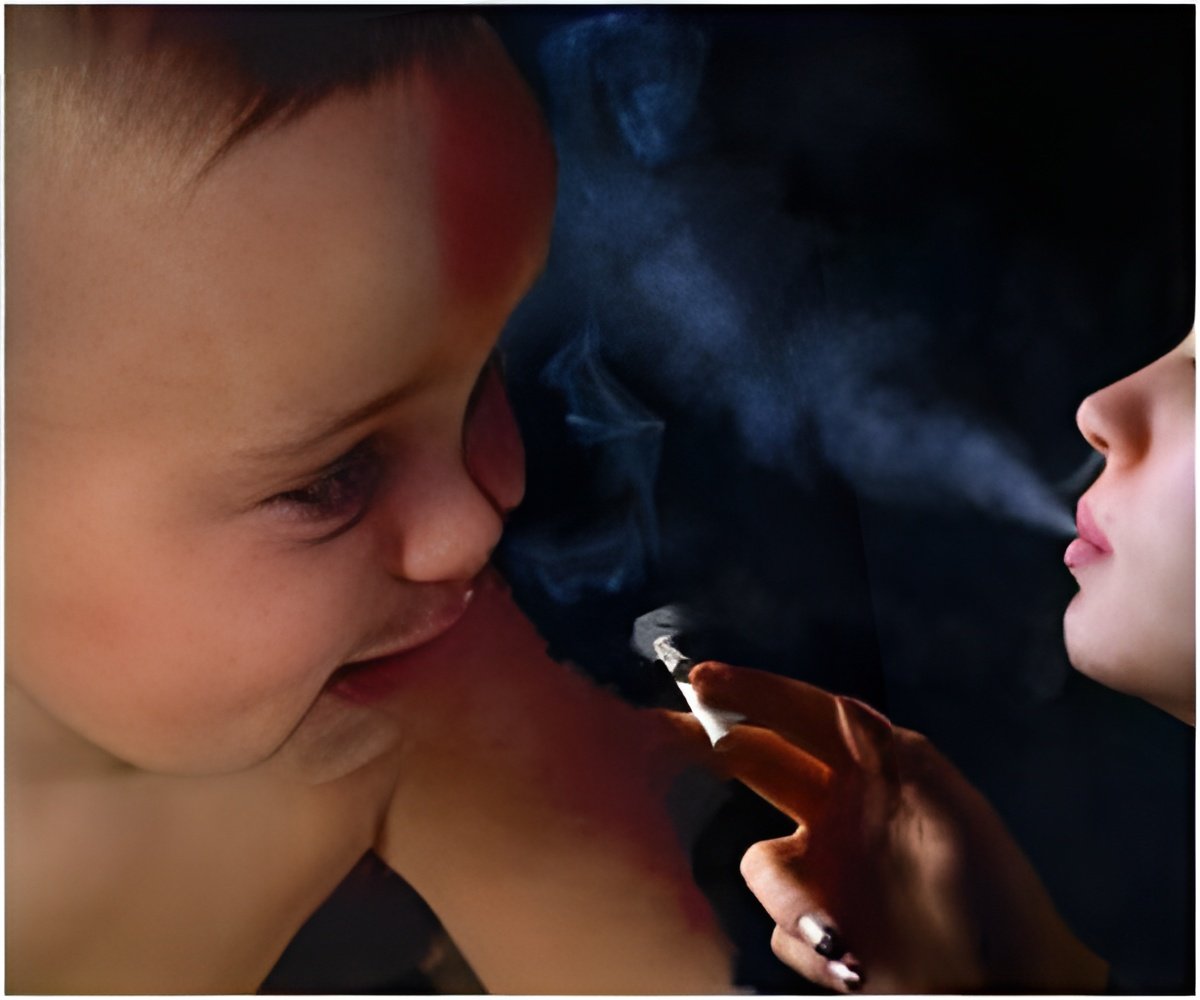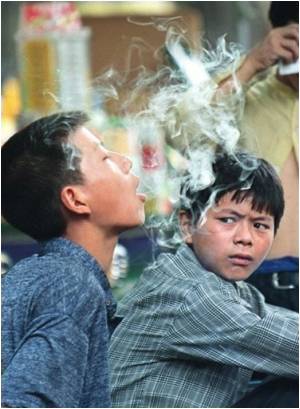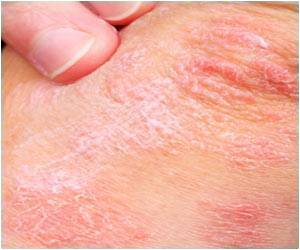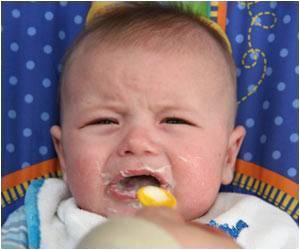
‘Children exposed to residual nicotine are at a risk for respiratory and ear infections, more frequent and severe asthma attacks, and other ailments.’
Tweet it Now
"This is the first study to show that children's hands hold high levels of nicotine even when parents are not smoking around them," said co-investigator Melinda Mahabee-Gittens. "Parents may think that not smoking around their child is enough, but this is not the case. These findings emphasize that the only safe way to protect children from smoke exposure is to quit smoking and ban smoking in the home." Researchers found that the presence of significant nicotine on the hands of children was associated with equally significant levels of the harmful tobacco metabolite cotinine in their saliva.
Exposure to these contaminants causes numerous health problems in infants and children, according to the U.S. Centers for Disease Control. These include respiratory and ear infections, more frequent and severe asthma attacks, and other ailments.
Children in the current study were tested with parental consent during emergency room visits from April-September 2016 for illnesses possibly related to secondhand smoke exposure (rhinorrhea, difficulty breathing, etc.) The average child age was 5 and all of the children were at risk of varying degrees of second-hand smoke exposure, as all of their parents were smokers.
Researchers used specially designed hand wipes to extract nicotine from the hands of participating children and took saliva samples to look for corresponding levels of cotinine.
Advertisement
Mahabee-Gittens and her colleagues point to the age-associated behaviors of young children, how they interact with different items in their environments, and the tendency for kids to put their hands in their mouths.
Advertisement
Source-ANI













